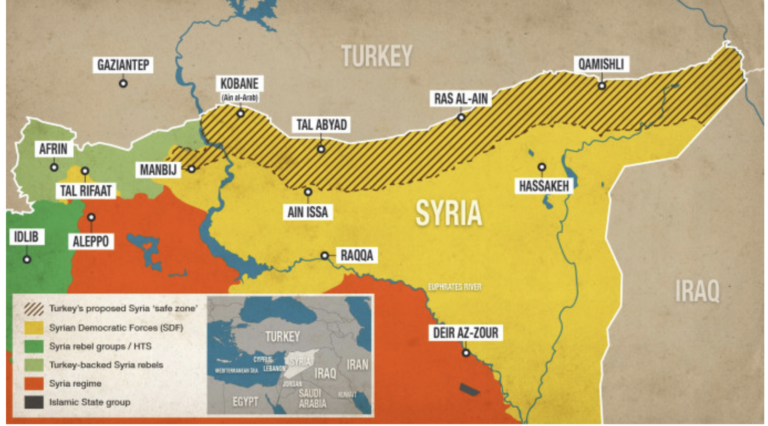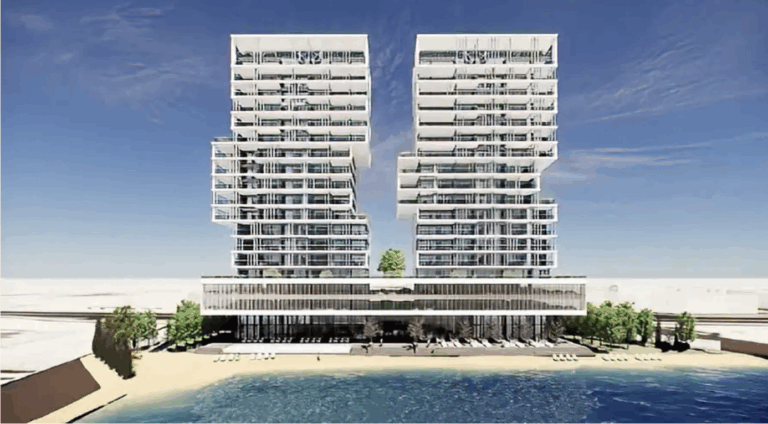by Andrea Tucci,
The Lebanese government has estimated that around 310,000 people, most of them Syrians, have fled the country since Israel began its assault on Beirut and southern Lebanon.
Many of those displaced sought refuge in Kurdish-majority areas in northeastern Syria. These individuals were already opposed to the Assad regime before leaving Lebanon, and, fearing harsh retaliation, chose to take shelter in areas outside of regime control. Others fled to regions controlled by Turkish-backed rebel forces, which are affiliated with the Syrian opposition.
Shafak, a humanitarian organization based in northern Syria, reported that refugees crossed into Syria through multiple border points, heading primarily to Idlib, rural northern Aleppo, and the Atmeh camp. Along their journey, many faced extortion and exploitation. Even those who found shelter with relatives or local residents were forced to exchange $100 at the border. After paying this fee at the first checkpoint, they were often warned of additional charges at other control points.
Lebanon is home to an estimated 1.5 million Syrian refugees, and it is evident that the Syrian regime is profiting from the plight of these displaced people.
Meanwhile, northern Syria, already reshaped by war, now houses around 5 million people, including 3.9 million internally displaced and 1.9 million living in camps and informal settlements, according to UN agencies. Local councils in northern Syria are now preparing for a potential new influx of refugees due to the war in Lebanon.
According to a regional analyst at the Atlantic Council, this influx could pose a security risk for Turkey, especially as anti-refugee sentiment rises within the country. Should the conflict in Lebanon escalate, the ramifications may extend beyond its borders, threatening Turkey’s national security.
It’s important to note that the Safe Zone established by Turkey in Syria already hosts 5.5 million people, a significant increase from its pre-war population of 1.5 million. Without expansion, the Safe Zone cannot accommodate another wave of displaced people.
After more than 12 years of war, Syria’s civilian infrastructure and services have been decimated, severely limiting access to shelter, healthcare, electricity, education, public transportation, water, sanitation, fuel, and food.
Syria is not equipped to handle a large influx of refugees. If the conflict in Lebanon continues to escalate and spreads into Syrian territories, a “demographic explosion” is inevitable.




